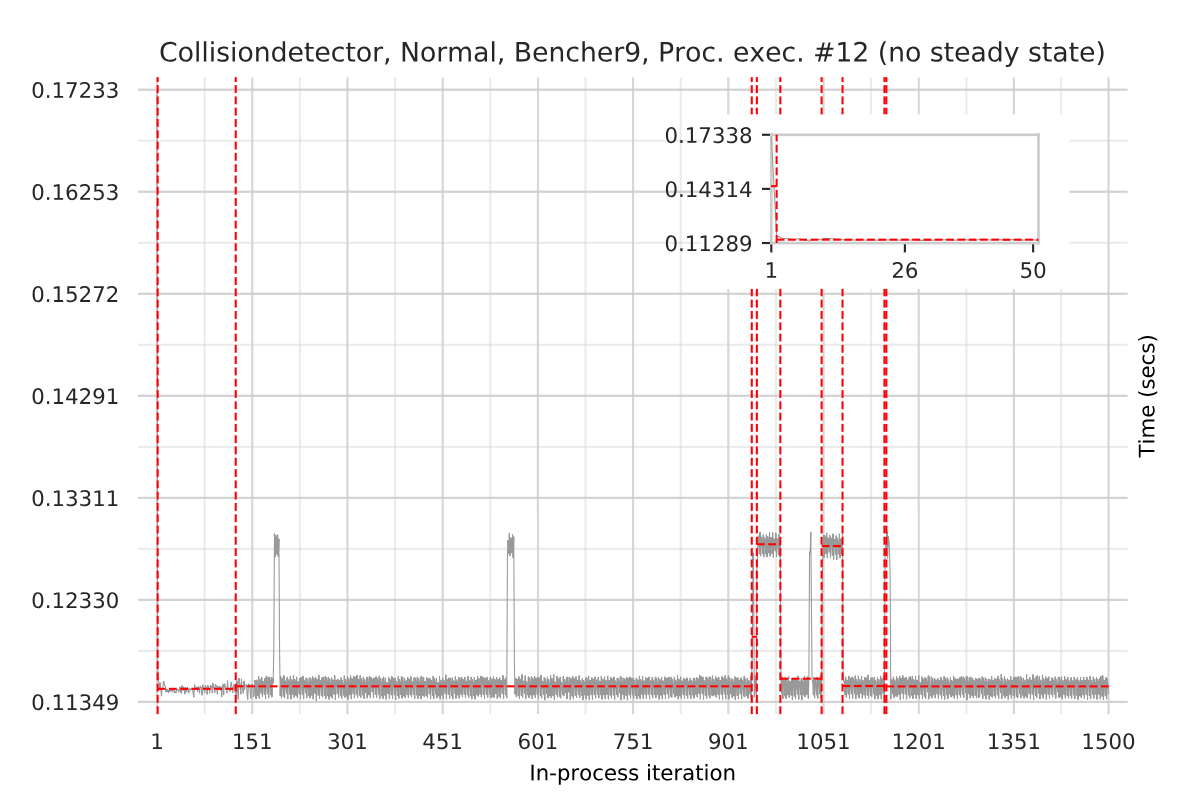0
IBM and Nvidia announce turnkey AI system
IBM and Nvidia further enhanced their hardware relationship with the announcement of a new turnkey AI solution that combines IBM Spectrum Scale scale-out file storage with Nvidia’s GPU-based AI server.The name is a mouthful: IBM SpectrumAI with Nvidia DGX. It combines Spectrum Scale, a high performance Flash-based storage system, with Nvidia’s DGX-1 server, which is designed specifically for AI. In addition to the regular GPU cores, the V100 processor comes with special AI chips called Tensor Cores optimized to run machine learning workloads. The box comes with a rack of nine Nvidia DGX-1 servers, with a total of with 72 Nvidia V100 Tensor Core GPUs.To read this article in full, please click here
 The big hyperscalers use field programmable gate array technology on standard servers in their data centers. But there’s a trend for other enterprises to emulate these hyperscalers.
The big hyperscalers use field programmable gate array technology on standard servers in their data centers. But there’s a trend for other enterprises to emulate these hyperscalers. Oracle’s lawsuit alleges conflicts of interest and says two people involved in the procurement process have close ties to Amazon Web Services.
Oracle’s lawsuit alleges conflicts of interest and says two people involved in the procurement process have close ties to Amazon Web Services. Verizon and Jio were both original members of the xRAN Forum, which merged with the C-RAN Alliance this year to form O-RAN.
Verizon and Jio were both original members of the xRAN Forum, which merged with the C-RAN Alliance this year to form O-RAN. We would like to thank VIAVI Solutions for sponsoring this episode of Network Collective. VIAVI Solutions is an application and network management industry leader focusing on end-user experience by providing products that optimize performance and speed problem resolution. Helping to ensure delivery of critical applications for businesses worldwide, Viavi offers an integrated line of precision-engineered software and hardware systems for effective network monitoring and analysis. Learn more at
We would like to thank VIAVI Solutions for sponsoring this episode of Network Collective. VIAVI Solutions is an application and network management industry leader focusing on end-user experience by providing products that optimize performance and speed problem resolution. Helping to ensure delivery of critical applications for businesses worldwide, Viavi offers an integrated line of precision-engineered software and hardware systems for effective network monitoring and analysis. Learn more at 



 In order for Kubernetes to infiltrate more than 100,000 organizations, the ecosystem needs to tackle business cases, management, and training.
In order for Kubernetes to infiltrate more than 100,000 organizations, the ecosystem needs to tackle business cases, management, and training.
